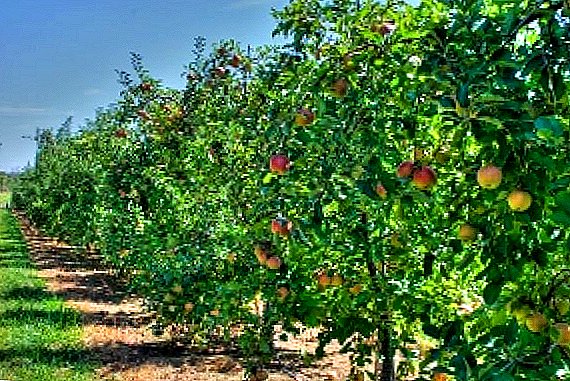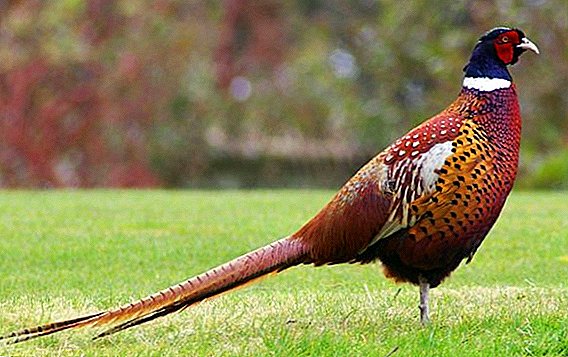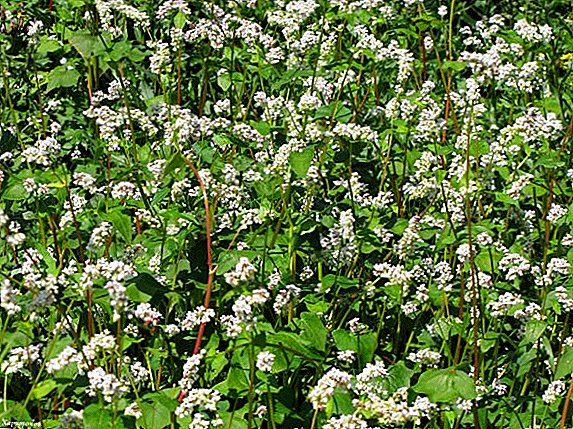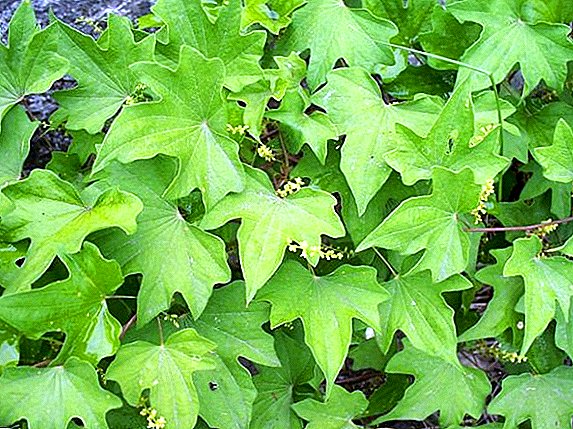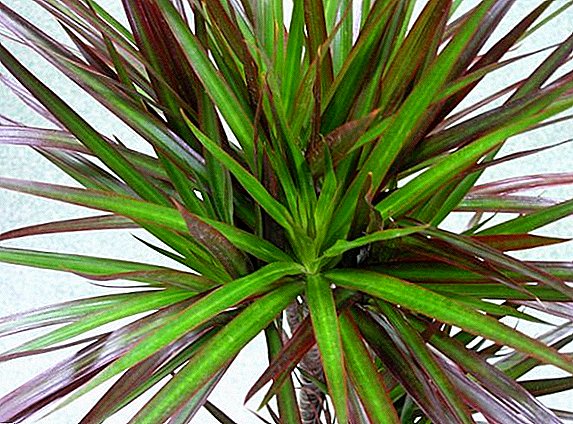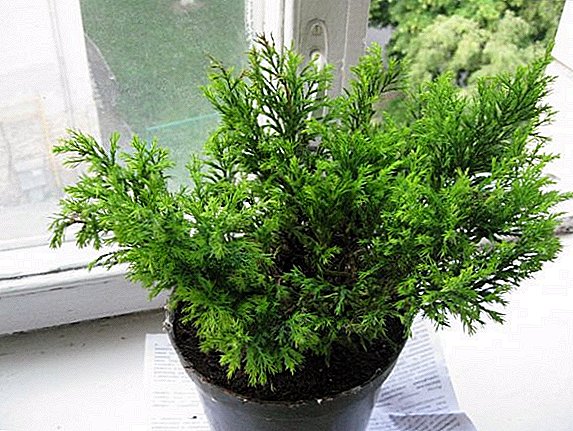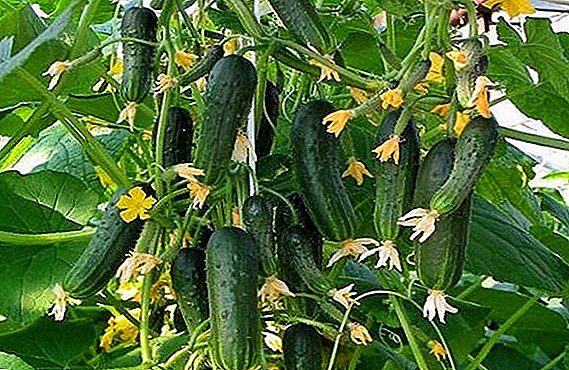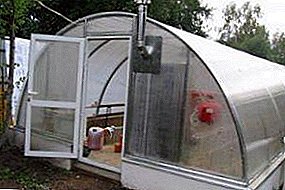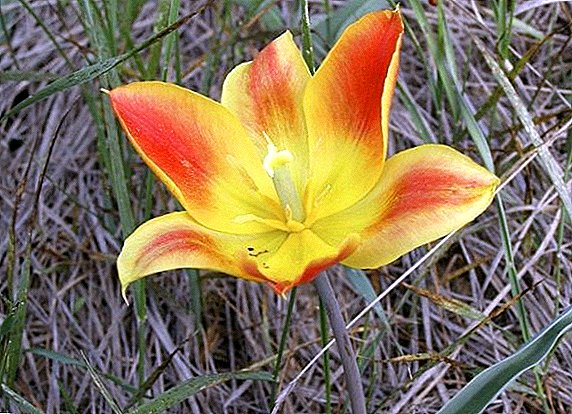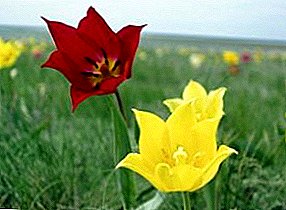 One of the pioneers of all modern types of tulips is considered to be a flower with a peculiar name - Shrenk's tulip.
One of the pioneers of all modern types of tulips is considered to be a flower with a peculiar name - Shrenk's tulip.
It grows in the steppe zones and semi-deserts, has excellent aesthetic properties, and during flowering it covers the meadows with a magnificent flower carpet of red, white, yellow or pale pink shades.
Botanical description
Shrenka's tulip (Tulipa schrenkii) is a wild-growing low bulbous plant, which is attributed to the genus Tulip of the Liliaceae family. However, many taxonomist analysts still refuse to recognize Shrenk’s tulip as a separate species: it was previously classified as Tulipa suaveolens, today many are identified with Tulipa gesneriana.
Did you know? In 1574, by order of the Turkish Sultan, 300 thousand bulbs of this species, brought from Kef (now Feodosia), were planted in the Imperial Gardens of Istanbul.
The plant rarely exceeds 40 cm in height. On a leafless stem there is a large, cup-shaped bud, the size of which reaches about 7 cm, with six petals of a rich, colorful color, slightly pointed at the end. Bud color can vary: from white and yellow to pink and purple.  At the base of the plant are placed green, with a blue tint, slightly twisted oblong leaves. Perianth consists of 4-6 round leaves.
At the base of the plant are placed green, with a blue tint, slightly twisted oblong leaves. Perianth consists of 4-6 round leaves.
Check out the tulip varieties, their groups and classes.
The fruit of the plant is a seed pod in which up to 240 kernels can ripen.
The bulb is small, 2.5-3 cm. It has the shape of an egg; it is covered on top with a layer of scales of gray-brown color. Bulb goes deep into the ground; during maturation forms only one kidney.
In honor of whom is named
The tulip received its original name in honor of the famous biologist Alexander Ivanovich Shrenk, who in 1873, in one of his trips around Kazakhstan, discovered this new, amazingly beautiful, very fragile and tender plant.  Alexander Shrenk came from the Tula province, but worked for many years in Germany, therefore in some sources he is mentioned as Alexander Gustav von Schrenk. In the last years of his professional activities, he served as a lecturer at the university of the Estonian city of Drepta (today Tartu).
Alexander Shrenk came from the Tula province, but worked for many years in Germany, therefore in some sources he is mentioned as Alexander Gustav von Schrenk. In the last years of his professional activities, he served as a lecturer at the university of the Estonian city of Drepta (today Tartu).
Did you know? In 2009, a unique natural monument was created in the Volgograd Region - Kurnayevsky Tulip Meadow, on whose territory the rarest and most refined plants grow, including Shrenk's tulip. The area of this meadow is 418 hectares.
Locations
The most comfortable habitats of this plant are considered to be steppe zones, semi-deserts, deserts, and gravelly plumes of small mountains. It grows well on calcareous soils with sufficient calcium content. Often it can be found on saline soils. Remarkably survives on chalky soils.
As for climatic conditions, Shrenk prefers belts where snow and frosty weather prevails in winter, and in summer warm, sun and little rain. 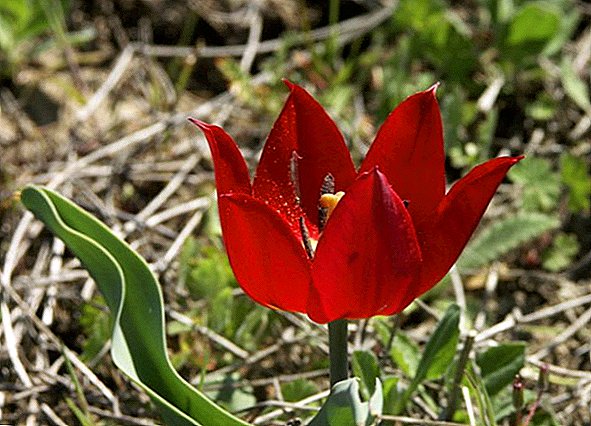 On the territory of the Russian Federation, the flower can be found in the European part of the state, in the zones of the steppes, deserts and semi-deserts, as well as in the west of Siberia. In Ukraine, the plant lives in the southern and southeastern regions. The tulip has found wide distribution in the south of the peninsula of Crimea, in northeastern regions of Kazakhstan, in the People's Republic of China and Iran.
On the territory of the Russian Federation, the flower can be found in the European part of the state, in the zones of the steppes, deserts and semi-deserts, as well as in the west of Siberia. In Ukraine, the plant lives in the southern and southeastern regions. The tulip has found wide distribution in the south of the peninsula of Crimea, in northeastern regions of Kazakhstan, in the People's Republic of China and Iran.
Learn how to properly care for tulips of white and black varieties.
Why is listed in the Red Book
Over the past few decades, this beautiful plant has been endangered. And the reason for this is human activity:
- regular plowing;
- grazing livestock on land where the flower grows;
- soil contamination by harmful chemical emissions resulting from industrial production;
- digging bulbs for use in the medical field;
- cut flowers for sale.
Important! Today, the Schrenk tulip is listed in the Red Book of the Russian Federation, Ukraine and Kazakhstan. It is forbidden to dig up its bulbs and cut flowers, both for personal use and for the purpose of commerce.
Due to such human intervention, the number of populations has rapidly declined, natural selection has slowed down, the area of plant growth has decreased significantly and continues to decrease. 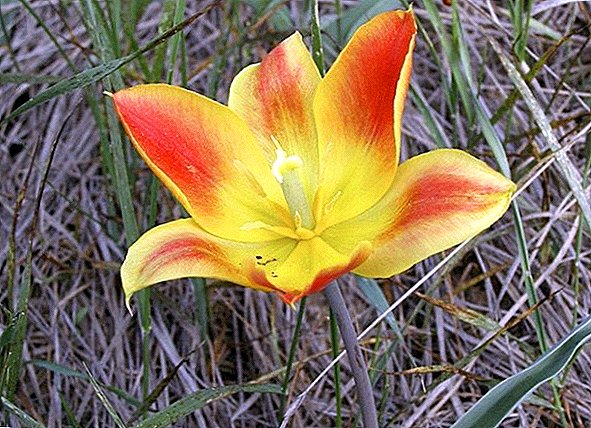 Environmental authorities are taking measures to prevent the death of a flower:
Environmental authorities are taking measures to prevent the death of a flower:
- patrol the plantation during the flowering of the tulip;
- conduct explanatory work aimed at the awareness of respect for nature;
- fines violators.
The flower is protected in the Naurzum and Kurgaldzhinsky reserves.
Can I put him at home
According to the law Shrenka's tulip is a rare, unique plant on the verge of extinction listed in the Red Book. It is forbidden to dig out the bulbs of a plant, which means it is impossible to plant it in your garden under the law. For violation of the corresponding penalties.
Learn more about the plants that are also listed in the Red Book: leafless chin, flat leaf snowdrop, berry yew, feather grass, thin-leaved peony.
If you nevertheless decided to purchase the bulbs or seeds of the plant for the purpose of planting, then during the planting you need to consider the following aspects:
- the first flowering begins only after 6-8 years after planting the crop; if climate conditions are not comfortable, flowering may begin even later;
- propagate the flower can only be seeds;
- after the plant has faded, the bulb will die off and only one baby will appear in its place, the flowering of which will begin a couple of years after the mother flower.

Important! When growing a flower on soft ground in gardens, he loses his individual appearance and features, starting to look like a traditional, familiar tulip.
Growing a Schrenk tulip in the home is impractical, and even illegal. Therefore, it would be better to leave it wild and give us and our ancestors the opportunity to admire its beauty for many years.


